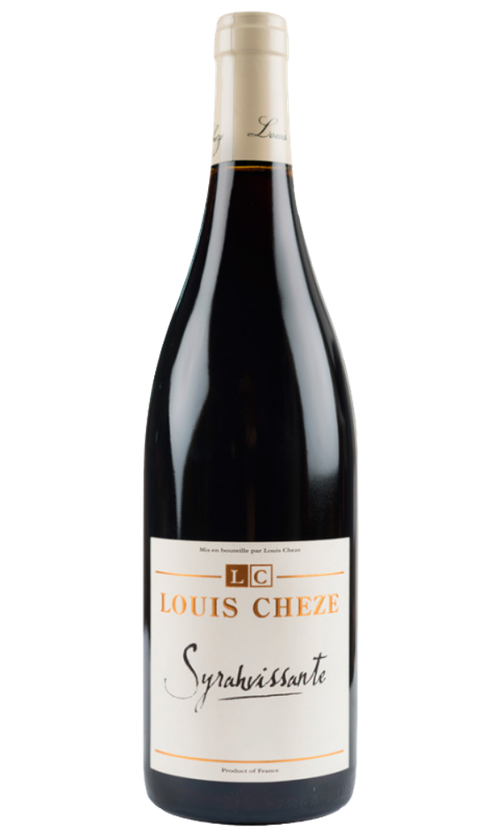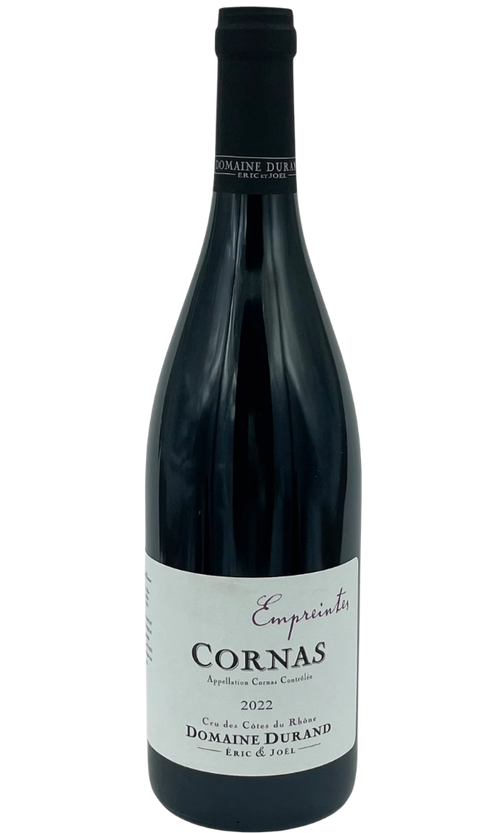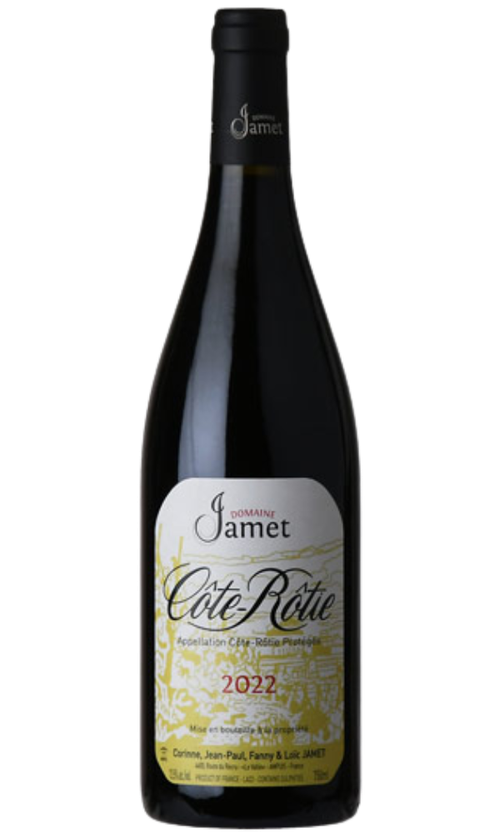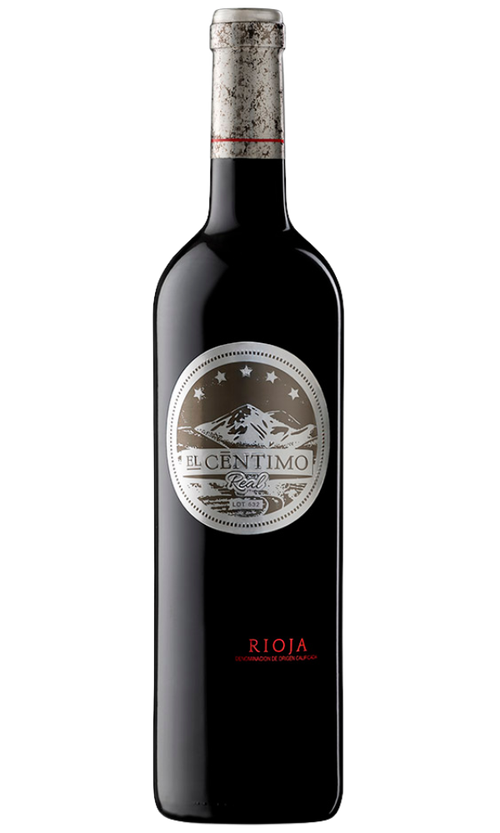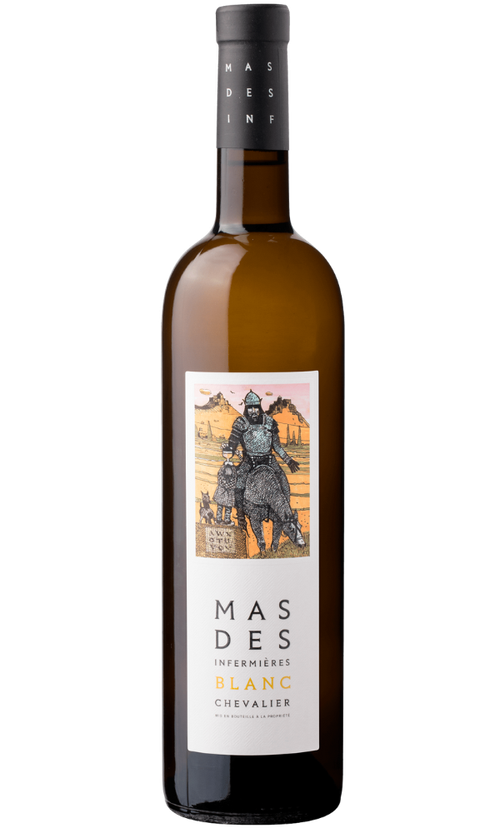
Complex, powerful, and vibrant—one of the best deals ever from the Northern Rhône

- 96 pts Wine Enthusiast96 pts WE
- Curated by unrivaled experts
- Choose your delivery date
- Temperature controlled shipping options
- Get credited back if a wine fails to impress
2022 Ferraton Pere et Fils La Matiniere Crozes-Hermitage 750 ml
| $29 | per bottle | |
- Curated by unrivaled experts
- Choose your delivery date
- Temperature controlled shipping options
- Get credited back if a wine fails to impress
One of the Best French Red Deals… Ever?
Crafted under Michel Chapoutier—who’s earned more than forty 100-point scores—the Ferraton Père & Fils La Matinière Crozes-Hermitage is one of the Rhône’s great values, every vintage. In a warm, standout year like 2022 watch out: This powerful red, made from biodynamically farmed grapes, earned a 96-point score and Editors’ Choice honors from Wine Enthusiast, cementing its status as one of the great French red deals… ever.
Ferraton has “access to some of the best vineyards in the region,” according to Vinous, “and certainly get the most of them.” They do that through the winemaking of Michel Chapoutier, who, with 40+ 100-point scores to his name, is no less than a deity of Rhône winemaking.
But Ferraton, despite their fantastic terroir, despite the famous winemaker at the helm, remains an insider secret. Vinous commented that the estate “produces outstanding [wines], but they're still an under-the-radar winery."
Ferraton’s vines are farmed biodynamically. Chapoutier was originally brought on as a farming consultant, then took on a more active role in the winery over the years, implementing vineyard practices to encourage soil health and abundant microflora.
In 2022, he was treated to a wild, solar vintage that’s emerging as one of the best in the last decade. The year threw everything it had at the Northern Rhône—record heat, brutal drought, and just a third of normal rainfall—which put it in the company of legendary scorchers like 1959 and 2003.
Temperatures regularly hit 100°F through summer, shrinking berries and slashing yields, but the vines essentially went into survival mode, shutting down during the worst heat and preserving crucial acidity. A timely mid-August rainfall gave the vines just enough of a lifeline to achieve proper ripeness.
You might also like these wines
- You're on page

